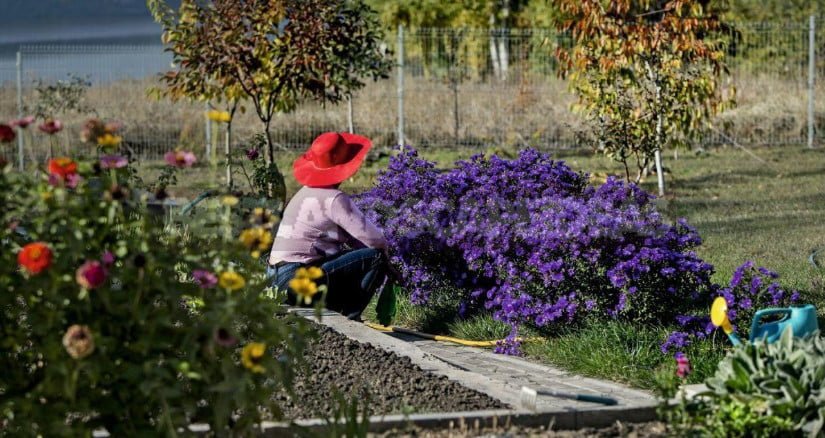
Perennials are so different: there are vulnerable “southerners” and severe “polar explorers” among them. In order for all of them to live up to their name and bloom for many years, you will have to take care of a comfortable winter. And to do this, you should learn simple rules.
If you live in a region where winter lasts only 2-3 months, you are lucky — so you are deprived of many worries associated with the wintering of green pets. For residents of the middle latitudes, everything is somewhat more complicated. However, a fair number of herbaceous perennials, characteristic of regions with a mild climate, are used to growing independently, enduring cold, and they are not afraid of winters. But heat-loving plants, even those adapted to a cool climate, will have to pay more attention. Guests from tropical countries-exotic-with winter in the middle zone is difficult to get used to. Therefore, many of them grow as annuals. Thermophilic perennials will survive the winter, if properly protected from the cold, and for this it is necessary to know even when buying, what is the winter hardiness of the selected plants. As you can see, there are many nuances, but there are general rules that will help you prepare your favorite plants for winter.
Top dressing, treatment of diseases and pests
To successfully survive the cold, all perennials must gain strength. So, while still warm, not yet withered leaves, flowers and plants have not begun to wither, you need autumn fertilizing with phosphorus and potassium fertilizers, which increase resistance to frost. And yet it is necessary, choosing a dry day, to treat the base of the bush and the soil around it with preparations for pests and diseases, because healthy plants are more resistant to winter tests.
Trimming
Herbaceous perennials grow in one place for several years. “Long-lived” most of them have only a root, and the aboveground part lives only one season, dries up and dies in the fall, and in the spring new “tops” grow from the root.
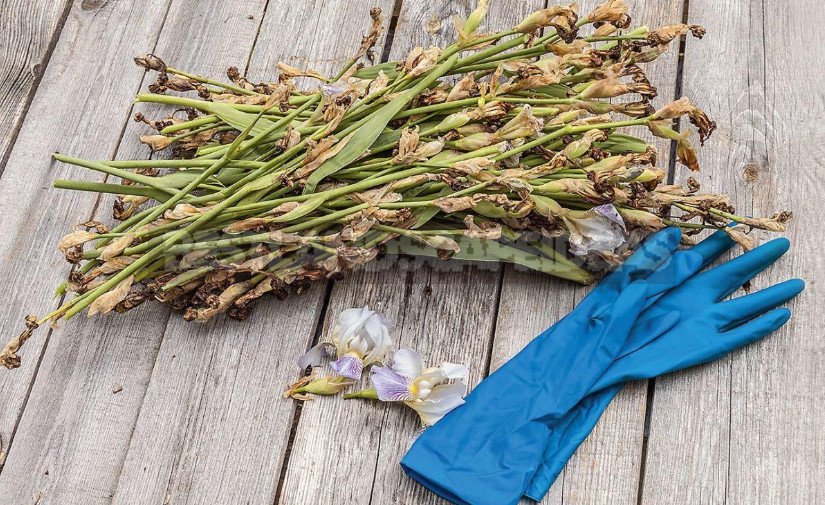
Tip: dry the stems and remove the leaves — they prevent the plants from safely wintering, and in the spring prevent the growth of young shoots. The time and height of each crop type are individual. But evergreen perennials do not need to be pruned. However, if such a plant is unhealthy or severely weakened, it is better to cut it in the fall.
Mulching
A serious danger for all the inhabitants of the garden — snowless cold. Frost, not even severe, but normal (-8…-10°C/17.6-14°F), but long-lasting, captures the bare ground. Even the most hardened crops can freeze if they are not covered with a warm blanket of snow. What can we say about young plantings. The growth buds of most perennials develop from above, and without protection they will die out. Therefore, experts recommend that when it becomes clear that the frosty winter has set in for a long time, mulch even cold-resistant perennials: not always the declared frost resistance of the plant corresponds to reality.
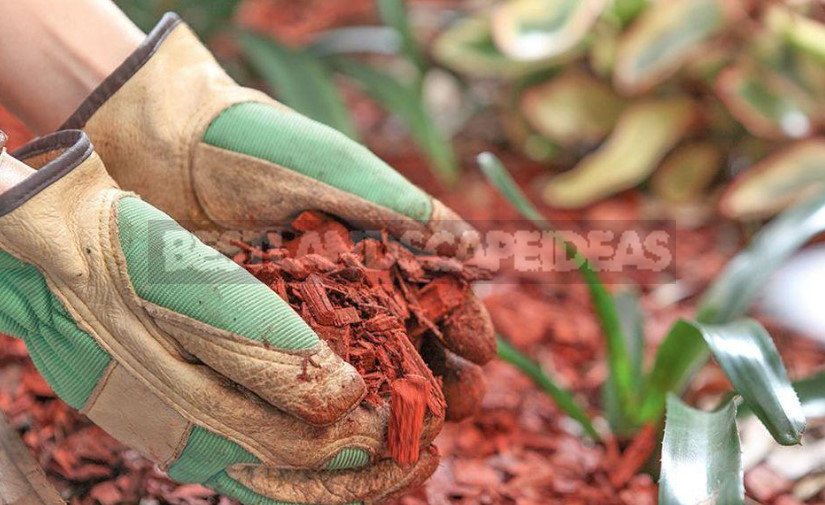
For example, it is believed that fern frosts are not afraid at all — these forest “savages”are incredibly hardy. But it turns out that they also need mulching — it is enough to remember that plants that live in the forest are covered with fallen leaves in the fall.
Until the soil freezes, prepare more mulching materials and keep them warm and dry until a steady frost sets in.
- The best mulch is humus, rotted compost and dry peat, because in the spring they will be able to fertilize the land.
- Garden land, manure and moss work a little worse, and all these “ingredients” can be mixed in any proportions.
- For lovers of (plants) acidic soil, it is good to take needles.
Experienced gardeners do not advise mulching plants with fresh sawdust or shavings — they must first “ripen”.

Sawdust can be added to humus or compost, but not much.
Tip: do not take very small sawdust for mulch — they are caked into lumps, and a crust forms on the surface of the soil.
It is not recommended to mulch and insulate the flowerbeds with straw — this will attract all the hungry mice in the area, they will eat the shelter, and then the plants themselves.
Shelter plants for the winter
In addition to mulch, herbaceous perennials may need more serious shelter. Fallen leaves are well insulated, but only those trees that do not suffer from similar diseases and are not spoiled by the same pests as garden crops. But just in case, still spray the collected foliage with urea. And if you have stocked up on foliage, prepare firewood, reeds, fir branches, etc., which will not allow the wind to blow away the deciduous shelter.
But it is impossible to lay on top of leaves or plants directly in mulch and insulation — waterproof tape, roofing, roofing material — because these materials do not pass not only moisture, but also air. They are good for building air-dry shelters. To do this, they must be placed on a frame of boards or rebar, raised above the plants. Such “houses” can be ventilated so that perennials do not start to rot.
Non-woven insulation materials, cardboard boxes, wooden boxes, burlap, thick paper — all this will be used to protect plants from the cold. But the best traditional shelter, of course, is spruce branches.

However, do not prepare it in advance – the branches will wither, the needles will fly around.
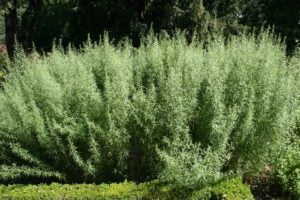
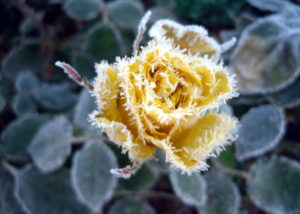
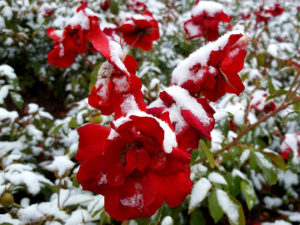
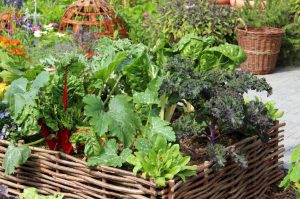
Leave a Reply